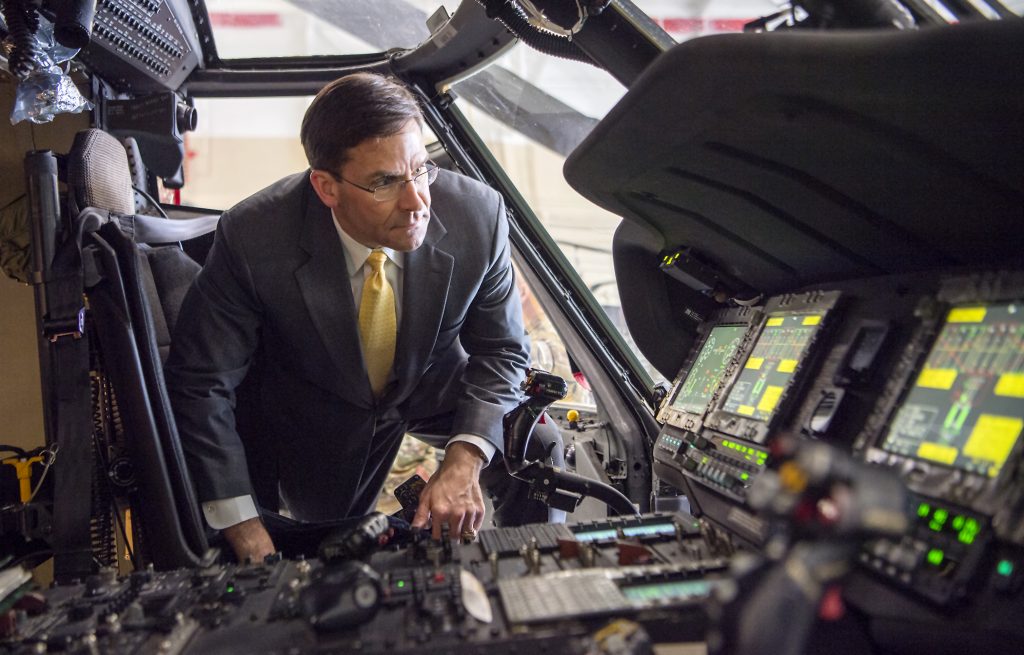By Merriden Varrall and Charlie Lyons Jones
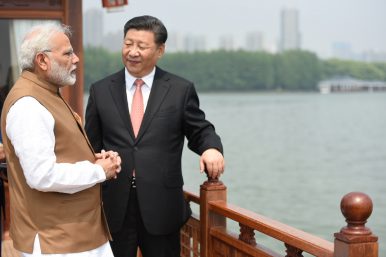 Many have written on the recent meeting in Wuhan between Chinese President Xi Jinping and Indian President Narendra Modi. However, these articles tend to focus on either the agenda for the meeting, what it did or didn’t achieve, or what to make of it in terms of geostrategic gains or losses. Few, if any, articles have looked at China’s perspective on the meeting. This is an important oversight as how the visit was described in the Chinese media reveals a great deal about how China sees its relationship with India.
Many have written on the recent meeting in Wuhan between Chinese President Xi Jinping and Indian President Narendra Modi. However, these articles tend to focus on either the agenda for the meeting, what it did or didn’t achieve, or what to make of it in terms of geostrategic gains or losses. Few, if any, articles have looked at China’s perspective on the meeting. This is an important oversight as how the visit was described in the Chinese media reveals a great deal about how China sees its relationship with India.
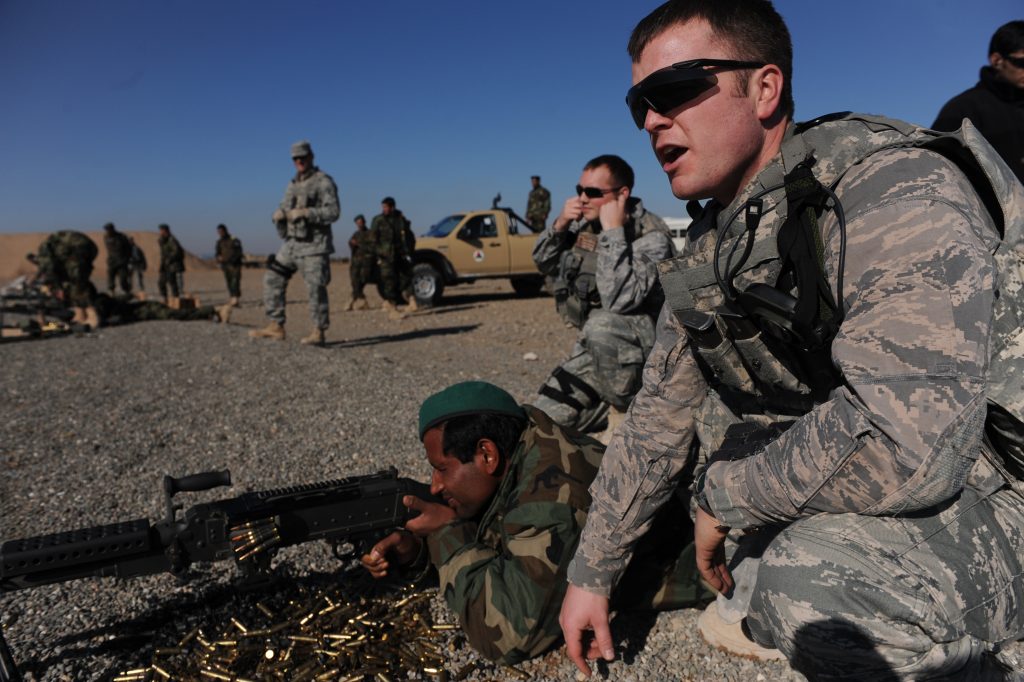



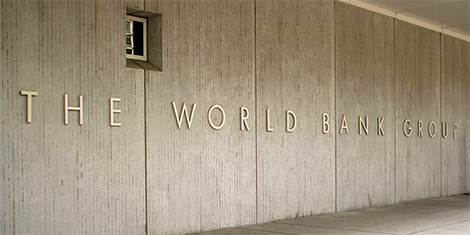

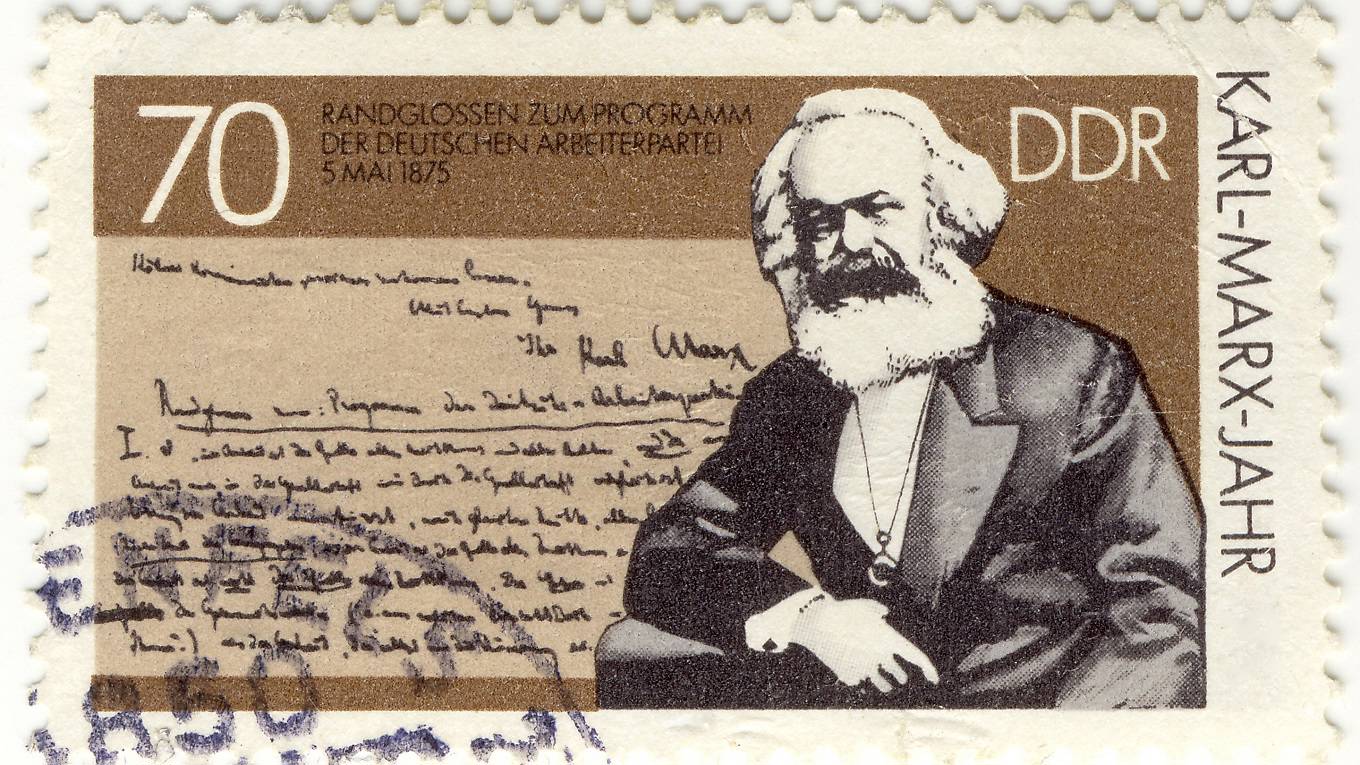
/arc-anglerfish-arc2-prod-mco.s3.amazonaws.com/public/MB2RIV44ZZAVLGCOLJLIEMJCIA.jpg)


/arc-anglerfish-arc2-prod-mco.s3.amazonaws.com/public/SS3ZKLAZR5CEFEULKVYNQWFPQ4.jpg)

